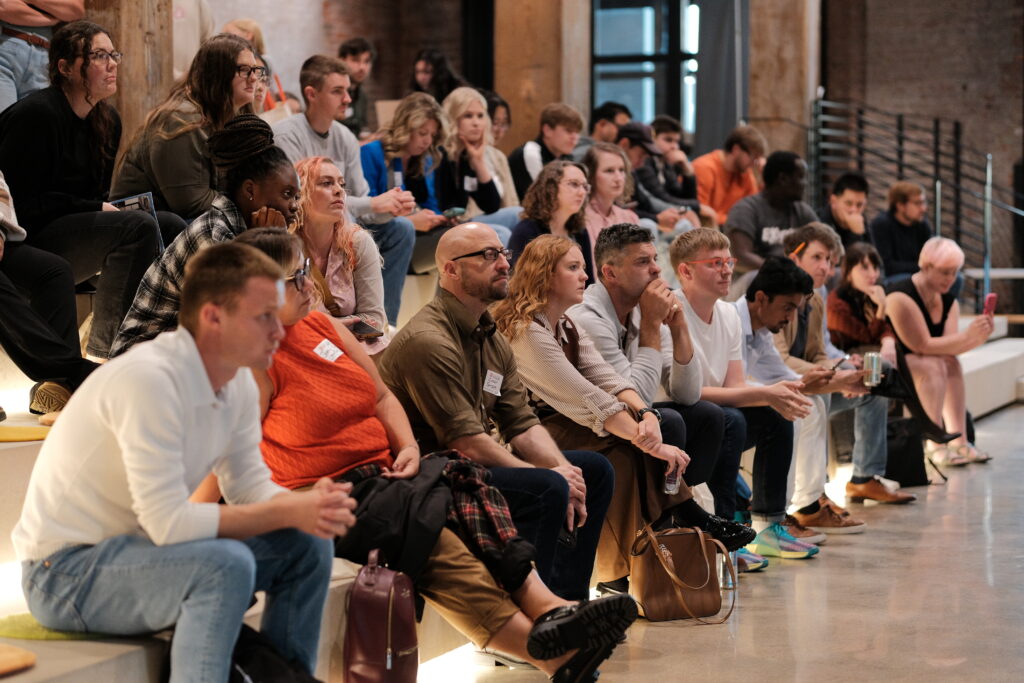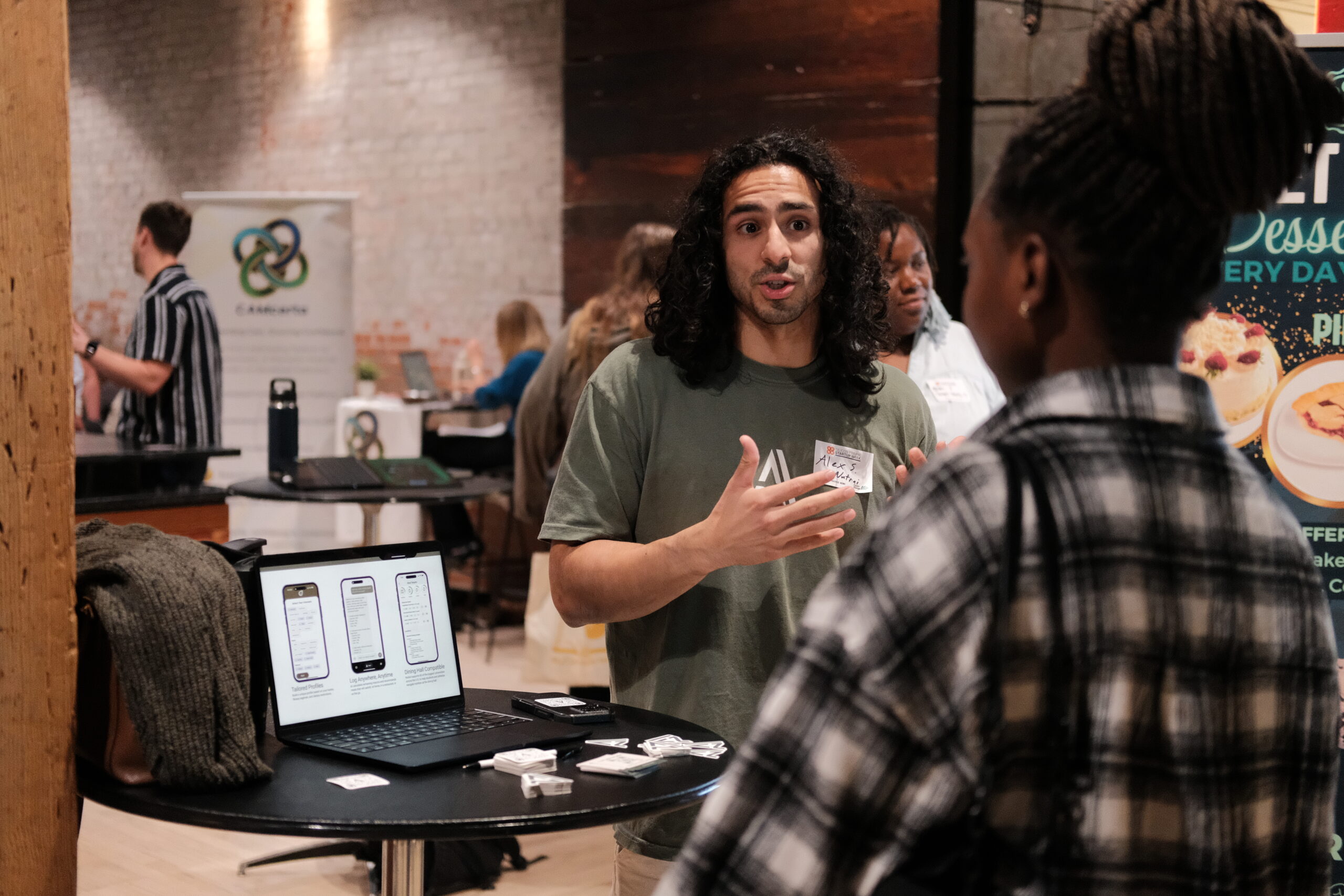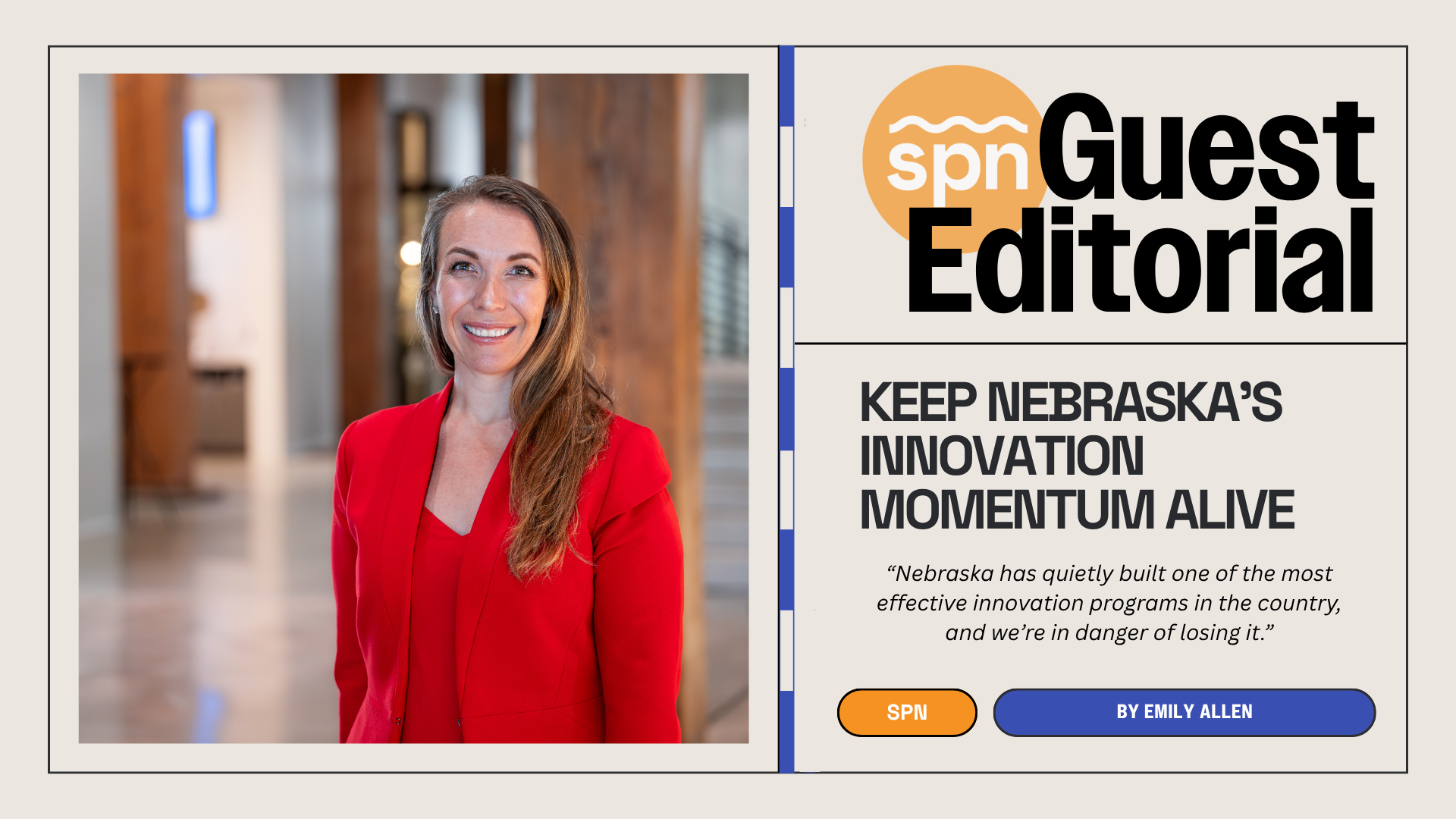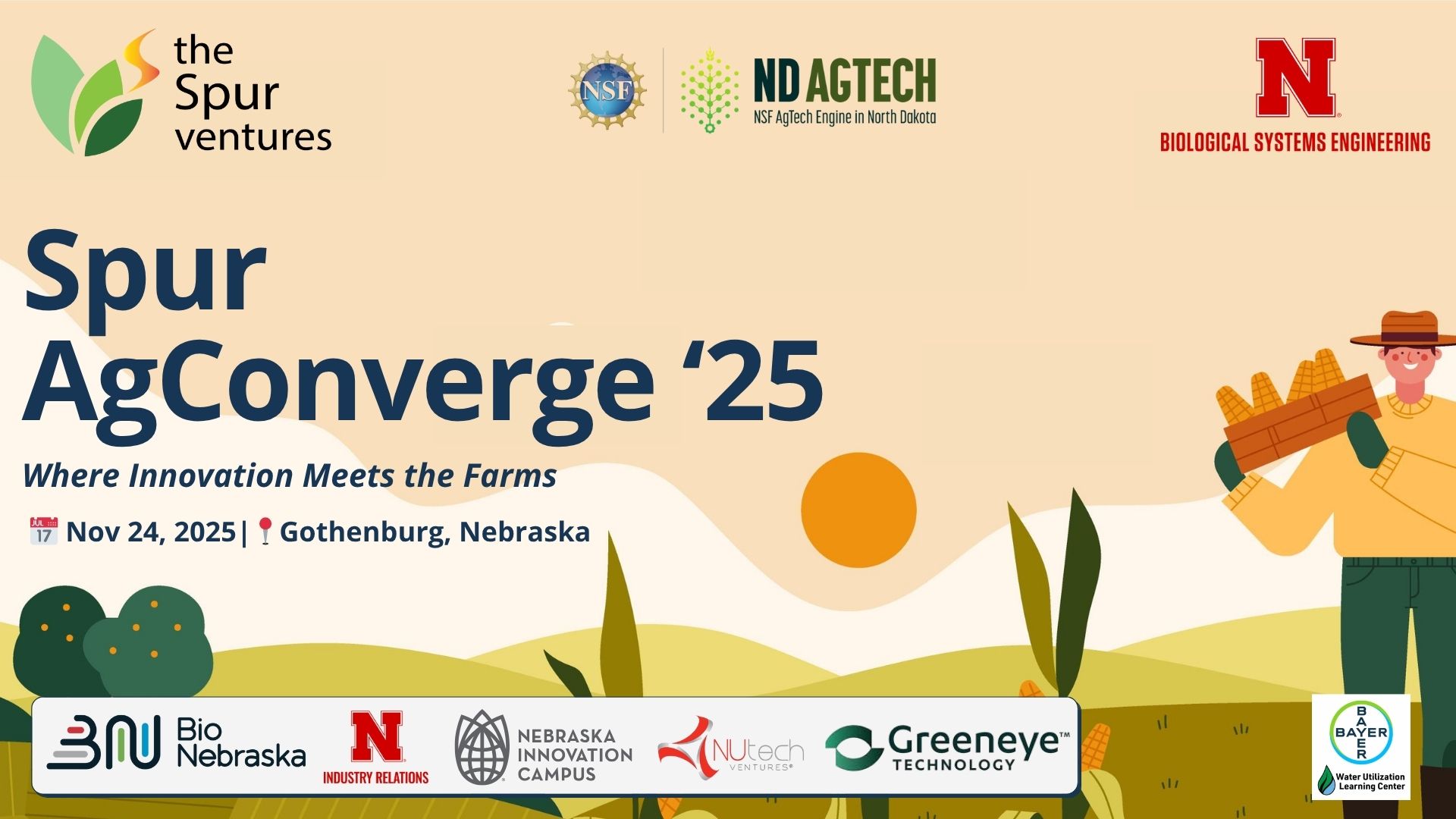The entrepreneurship ecosystem in Nebraska is growing slowly and unevenly, with founders continuing to find helpful but patchy access points defined by informal networks more than clear milestones. That’s according to three new reports from the Center for Public Affairs Research at the University of Nebraska at Omaha.
“We’re growing entrepreneurship, but not to the scale and scope we would need to solve some of the workforce challenges we have, and to solve some of the economic development challenges we have,” said Josie Schafer, CPAR’s director.
The first report is an updated version of the “Indicators of Entrepreneurship” once compiled by the Ewing Marion Kauffman Foundation in Kansas City. Recent data shows that, from 2021 to 2024, self-employment in Nebraska at incorporated businesses increased by almost 10%.
That’s a good sign that entrepreneurship is alive and well in the state. Nebraska now ranks 8th in the U.S. for incorporated self-employment, behind Colorado and Wyoming but ahead of Iowa, Kansas and Missouri.
But Nebraskans don’t benefit equally from entrepreneurship. Only a third of incorporated self-employed workers are women, behind Colorado, Wyoming and Missouri. Men earn about 1.7 times more than women do, and non-white entrepreneurs were underrepresented in incorporated businesses.
CPAR also found Nebraska’s spending on research and development to be far behind other states’. Meanwhile, in 2024, under 30% of college graduates in Nebraska majored in science or engineering. By that measure, Nebraska is 49th in the nation — only ahead of Mississippi.
We’re growing entrepreneurship, but not to the scale and scope we would need to solve some of the workforce challenges we have, and to solve some of the economic development challenges we have.
CPAR Director Josie Schafer
“Taken together, limited R&D investment and low representation in science and engineering fields create a structural barrier to entrepreneurship in Nebraska,” the report said.
“Without more investment in both knowledge creation and talent development, the state risks seeing its entrepreneurial activity remain concentrated in lower value, lifestyle sectors rather than expanding into high-growth industries that drive long-term economic transformation.”
That may already be the case. Establishment data, which measures the number of physical locations as a proxy for innovation, shows that one of Nebraska’s biggest economic drivers is sluggish on entrepreneurship.
Finance and insurance contributed almost $40 billion to Nebraska’s economy in 2023 but had among the lowest industry establishment rates in the state. Establishing new physical locations at a rate of 6.5%, but with a higher rate of closing physical locations, signals a lack of growth.
To Schafer, that should send a clear message to finance and insurance leaders. “Take $1 million and 10 people that you think have big ideas and say, ‘We want you to start something that competes with us or creates a new something for us that innovates for us in some way,’” she said. “I want to see entrepreneurship investment.”
Programming improves, but access remains uneven
These most recent studies on entrepreneurship from CPAR came out of an initial report in 2021, organized with the Nebraska Business Development Center. At that time, founders said the startup ecosystem was a case of “you had to know about it to have access to it,” Schafer said. “And not everybody felt that they had equal access.”
Another theme in 2021 was the double-sided coin of the “Nebraska nice” culture. “People are willing to talk to you,” Schafer said. “People are really open. But all of that ‘nice’ didn’t necessarily translate into (support).”
Soon after, the Kauffman Foundation put out a call for research into the inclusivity of entrepreneurship ecosystems. CPAR applied, received a $310,000 grant and set out to talk to more founders and ecosystem leaders for a deeper look.
That resulted in the second of the three reports CPAR has published. Interviews tell of an improvement in resources since 2021, including with programming through organizations like the Nebraska Startup Academy and NMotion powered by gener8tor.

But access and success is still uneven and relies on informal networks shaped in ways by geographic access to Omaha and Lincoln, demographics like gender and race and whether someone grew up in Nebraska or not.
“I wish I (had attended) college here or been from the hyper local area to have some rapport with some people who can be like, ‘Hey, can you ask your uncle if I can have a meeting with him?’” said one interviewee. “It took me three years to build a significant enough network to generate enough sales to make it a legitimate business.”
Several people pointed to how hard it is to raise funds in Nebraska, whether as an older white male or not. But fitting in to the culture and demographics of Nebraska’s funders does give a leg up.
“I can compare myself to another entrepreneur … he went to Creighton Prep and is a Creighton (University) grad … he was like, ‘Oh, well, I just took these guys out golfing, and I raised $2 million,’” said another interviewee. “I don’t golf. I don’t have a Rolodex of white, rich guy friends … You walk into pitch at the Nebraska Angels, and 90% of them are white men … that’s a hard room to walk into as a female.”
Part of the challenge, as Schafer sees it, is that despite more programming, there still isn’t a clear pathway to funding for startups.
“There was a little bit of passing people around,” she said. “You can go to this program and you can go to this program … but none of it necessarily was like, ‘If this and this and this, then here’s the grant, here’s the award, here’s how we’re going to help you.’”
Interviewees said progress is being made, though. The Omaha and Lincoln ecosystem is starting to hold up more diverse founders and work on being accessible to startups all over Nebraska.
As more young people get involved, that will also change the dynamics of inclusiveness, people said. But onboarding young founders also poses a challenge. The third of CPAR’s reports focuses on the 2023-2024 “Nebraska Governor’s New Venture Competition,” meant to grow college student entrepreneurship.
Student participants appreciated the opportunity to win money for their startups, find mentors and grow their networks. But they, too, found their access to be stunted.
“Even during the dinner, we were placed with all of the rest of the (student) finalists,” said one interviewee. “We weren’t with everyone else in the room. And I feel like that was a huge opportunity for the creation of those mentorships, but we didn’t get that.”
Lev Gringauz is a Report for America corps member who writes about corporate innovation and workforce development for Silicon Prairie News.



Leave a Reply